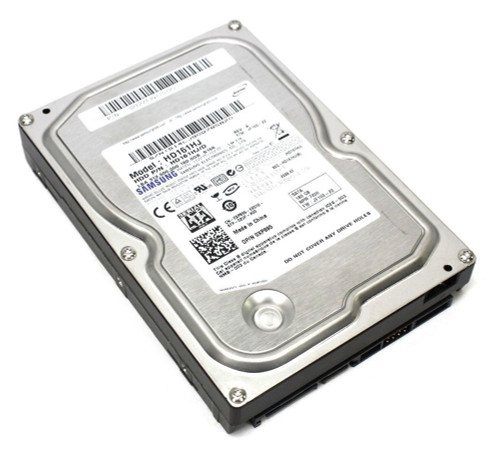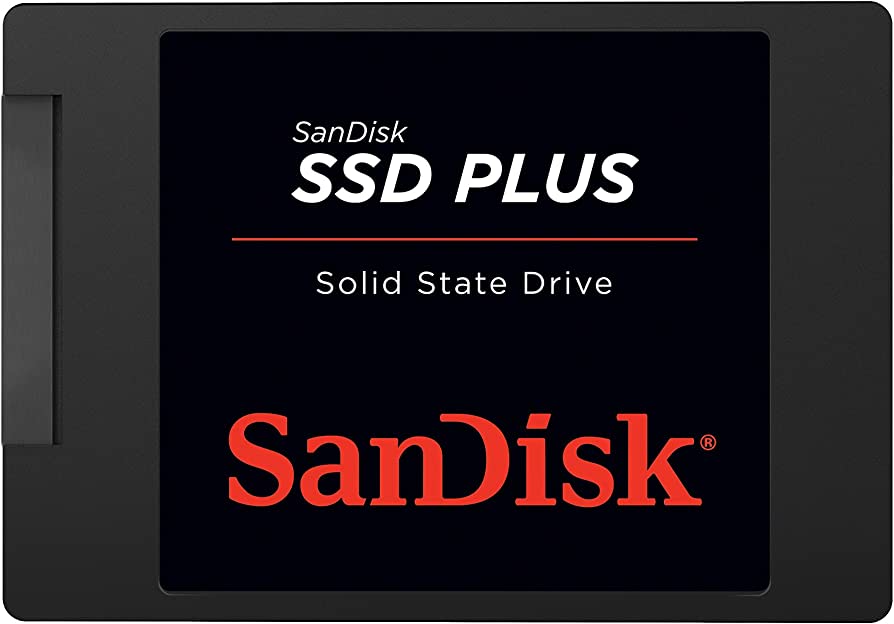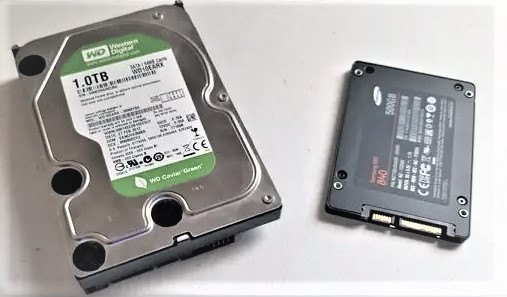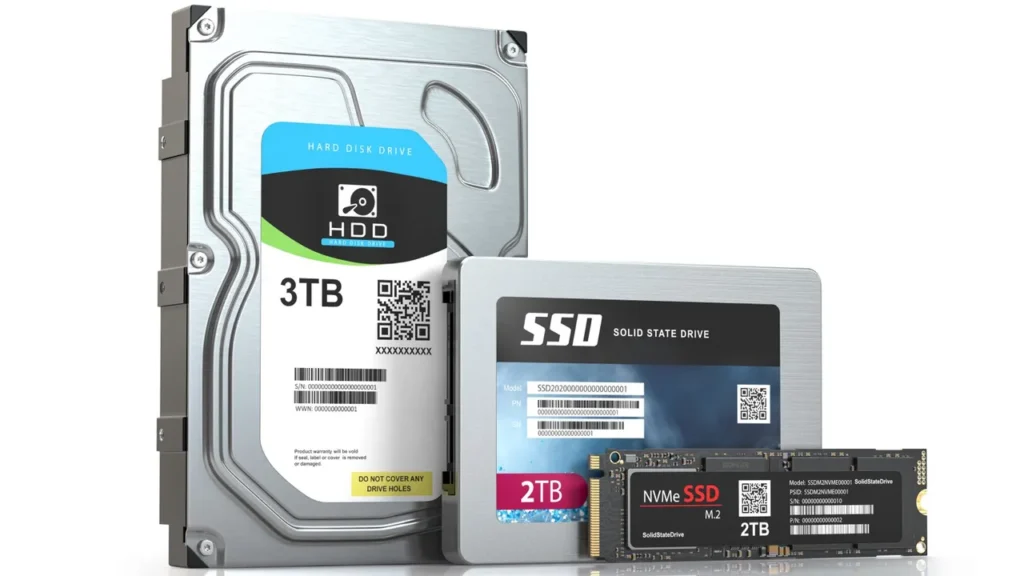Hard disk drives (HDD) and solid-state drives (SSD) are two common types of storage devices used in computers and other electronic devices. Both devices serve the same purpose of storing data, but they differ in their technology, performance, and cost. In this blog, we will discuss the differences between HDD and SSD, their advantages and disadvantages, and the factors to consider when choosing between them.
HDD:
HDD is an older technology that has been in use for many years. It consists of a rotating disk, which stores the data, and a magnetic head that reads and writes the data. HDDs are known for their large storage capacity and relatively low cost compared to SSDs. They are suitable for storing large files, such as photos, videos, and music, and are commonly used in desktop computers and servers.

Advantages of HDD:
One of the main advantages of HDD is their large storage capacity. HDDs are available in various sizes, ranging from a few hundred gigabytes to several terabytes. They are also more affordable than SSDs, which makes them an attractive option for users who need large amounts of storage.
Another advantage of HDD is that they are widely available and compatible with most computers and operating systems. This makes it easy to upgrade or replace an existing HDD without having to worry about compatibility issues.
Disadvantages of HDD:
One of the main disadvantages of HDD is their relatively slow speed. Since the data is stored on a rotating disk, it takes time for the magnetic head to access the data. This results in slower boot times and application loading times, which can be frustrating for users who require fast performance.
Another disadvantage of HDD is their susceptibility to damage due to shock, vibration, and magnetic fields. Since the disks are constantly spinning, any shock or vibration can damage the disk, resulting in data loss. Additionally, HDDs are vulnerable to magnetic fields, which can cause the data to become corrupted.
SSD:
SSD is a newer technology that uses flash memory to store data. SSDs have no moving parts, which makes them faster and more reliable than HDDs. They also consume less power and generate less heat, which makes them ideal for laptops and other portable devices. SSDs are more expensive than HDDs and have a smaller storage capacity. However, the cost of SSDs has decreased over the years, making them more affordable and increasingly popular.

Advantages of SSD:
One of the main advantages of SSD is their fast speed. Since there are no moving parts, the data can be accessed and transferred more quickly, resulting in faster boot times and application loading times. This makes SSDs ideal for users who require fast performance, such as gamers and video editors.
Another advantage of SSD is their durability. Since there are no moving parts, SSDs are not affected by shock, vibration, or magnetic fields. This makes them more reliable than HDDs and less vulnerable to data loss.
Disadvantages of SSD:
One of the main disadvantages of SSD is their relatively small storage capacity. While SSDs are available in various sizes, they generally have a smaller storage capacity than HDDs. This can be a limitation for users who need to store large amounts of data.
Another disadvantage of SSD is their higher cost. SSDs are more expensive than HDDs, which can be a barrier for users who are on a tight budget.
Replacing an HDD with an SSD
Replacing an HDD with an SSD is a common upgrade that many users consider, as it can significantly improve the performance of a computer. SSDs are faster and more reliable than HDDs, making them ideal for users who require fast performance and reliability. In this blog, we will discuss the steps involved in replacing an HDD with an SSD.

Step 1: Back up your data
Before replacing your HDD with an SSD, it is important to back up all of your data to an external hard drive or cloud storage. This will ensure that you do not lose any important data during the upgrade process.
Step 2: Obtain the necessary tools.
To replace your HDD with an SSD, you will need a few tools, including a screwdriver, a SATA-to-USB cable or enclosure, and the new SSD.
Step 3: Remove the old HDD
To remove the old HDD, you will need to turn off your computer and unplug it from the power source. Then, open the computer case and locate the HDD. Depending on the type of computer you have, the HDD may be located in a different location. Use the screwdriver to remove the screws that hold the HDD in place and disconnect the SATA and power cables from the HDD.
Step 4: Install the new SSD
Next, you will need to install the new SSD. Connect the SATA and power cables to the SSD and secure it in place using the screws. Close the computer case and plug the computer back in.
Step 5: Clone the old HDD to the new SSD
To transfer your data from the old HDD to the new SSD, you will need to clone the old HDD to the new SSD. This can be done using a SATA-to-USB cable or enclosure. Connect the old HDD to the SATA-to-USB cable or enclosure and connect it to your computer. Then, use cloning software to clone the old HDD to the new SSD.
Step 6: Boot from the new SSD
Once the cloning process is complete, you will need to set the new SSD as the boot drive. To do this, restart your computer and enter the BIOS settings. Then, select the new SSD as the boot drive and save the changes.
Step 7: Test the new SSD
Finally, test the new SSD to ensure that it is working properly. Open your applications and files to check for any errors or issues.
Conclusion:
In conclusion, both HDD and SSD have their own advantages and disadvantages. HDD is ideal for users who need large amounts of storage and are on a tight budget. SSD is ideal for users who require fast performance and reliability. When choosing between HDD and SSD, users should consider their needs, budget, and the type of work they will be doing.

